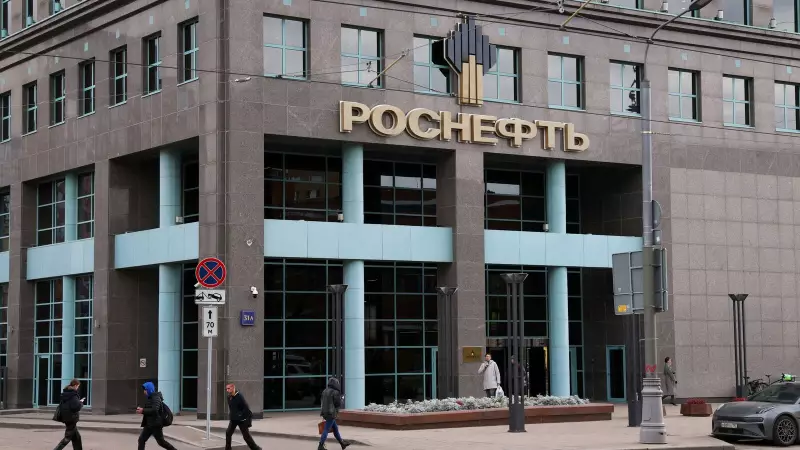
Western sanctions against Russian oil exports have created what appears to be a dramatic shift in global energy flows, but beneath the surface, the crude continues to find its way to market through increasingly sophisticated methods.
The Shadow Fleet Emerges
A growing armada of older tankers, often operating under opaque ownership structures, has become the lifeline for Russian crude exports. These vessels, collectively known as the "shadow fleet," navigate through complex shipping routes and multiple transfers to obscure the origin of the oil.
India's Strategic Position
India has emerged as a significant beneficiary of the shifting trade patterns. Indian refiners have dramatically increased their purchases of discounted Russian crude, transforming the country into one of Moscow's largest oil customers. This strategic pivot has provided substantial savings for India while offering Russia a crucial market for its sanctioned barrels.
Price Caps and Loopholes
The G7's price cap mechanism, designed to limit Russia's oil revenue while keeping crude flowing to global markets, faces significant challenges. Market experts note that enforcement remains patchy, and sophisticated traders have found multiple ways to circumvent the restrictions through:
- Documentation manipulation
- Ship-to-ship transfers in international waters
- Use of alternative insurance providers
- Complex payment structures using non-Western financial systems
Global Market Implications
The resilience of Russian oil flows demonstrates the limitations of unilateral sanctions in globally interconnected markets. While official trade data shows declining Russian exports to Europe, the crude simply finds alternative pathways through:
- Increased Asian demand, particularly from China and India
- Blending with other crude grades to obscure origin
- Investment in transportation infrastructure bypassing traditional routes
The bottom line: Russian oil continues to reach global markets, just through more circuitous and less transparent routes. This reality underscores the challenge of effectively sanctioning a major energy producer in a world hungry for affordable crude.





